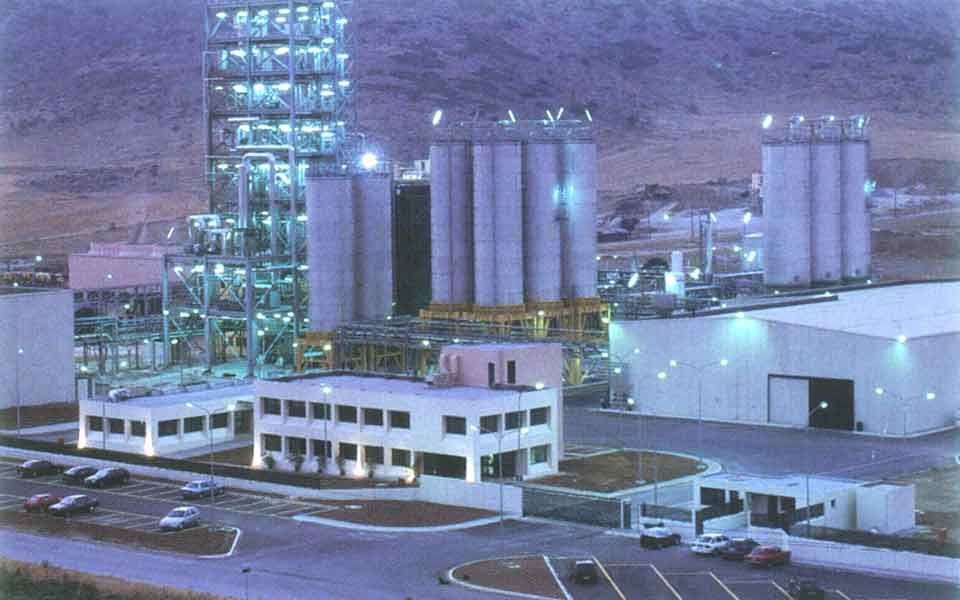Greece’s investment shortfall is growing, World Bank data show

Greece is not just a European laggard in investments but also a global one too, standing one position below Guatemala and two below Zimbabwe, according to World Bank data.
Last year, investments in Greece as a ratio of gross domestic product amounted to just 11.1 percent, down from 12.9 percent of GDP in 2017 and 12.1 percent in 2016. The average rate in the European Union stood at 20.4 percent last year.
Before the outbreak of the financial crisis, Greece was around the EU average, recording a rate of 26 percent in 2007 and 17.5 percent in 2010. The advent of the crisis resulted in a 60 percent slump in business as well as state investments, plus those in property, to just 20 billion euros per annum.
The country has emerged from the crisis with a heavy burden, the so-called investment gap, which the Hellenic Federation of Enterprises (SEV) estimated last April at around 100 billion euros.
Alpha Bank had referred to a gap of 77 billion. In other words, Greece requires investment of tens of billions of euros to return to where it was a decade ago.
In the World Bank chart, Greece stands just above the bottom, far below countries such as Turkey (with a 29.7 percent of GDP rate), Ireland (23.4 percent), Spain (21.2 percent) and Cyprus (19.4 percent). Greece is only above Guinea Bissau (10.8 percent), Puerto Rico (8.8 percent) and Somalia (6.5 percent).
The government acknowledges the significance of the issue: Spokesman Stelios Petsas said a few days ago that the 2020 budget – which is about to start being debated in Parliament – aims precisely at tackling this investment gap.
The tax breaks included certainly represent an incentive for investments, but it remains to be seen how fast they fetch results.
Deputy Finance Minister Theodoros Skylakakis said on Wednesday that “the fiscal adjustment has created a new deficit, the investment deficit, as we have shrunk the economy’s production capacity in terms of capital and labor.”





